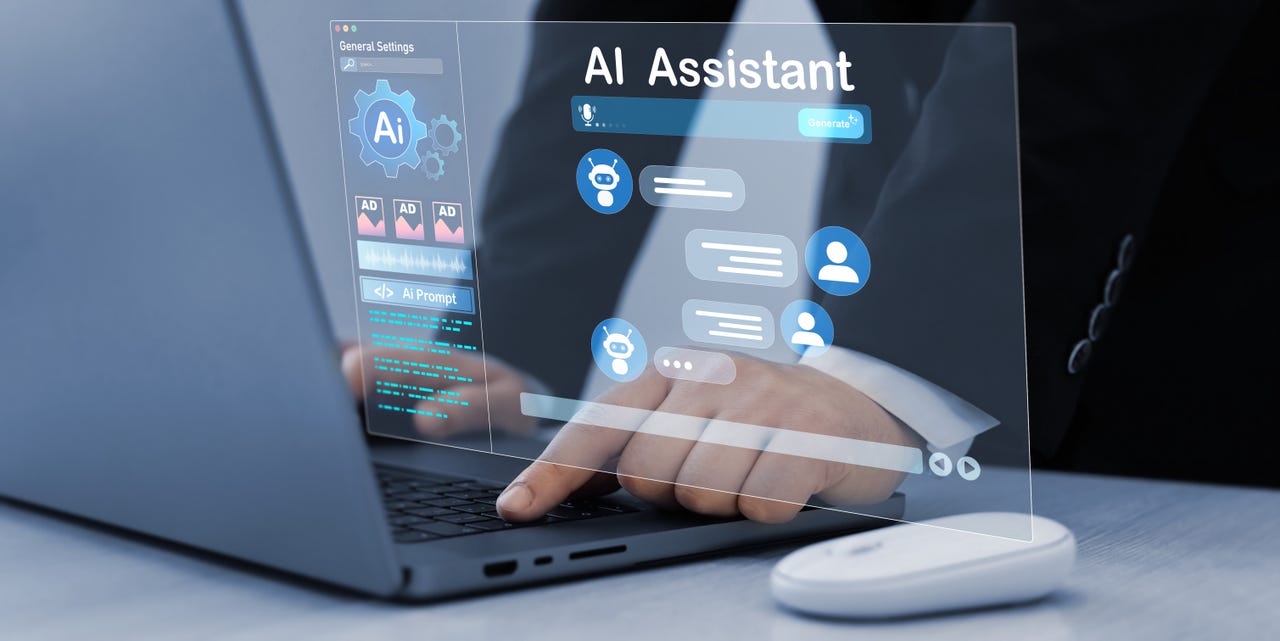AI agents will succeed because one tool is better than ten
PositiveArtificial Intelligence
AI agents are set to thrive because they consolidate multiple functions into a single interface, allowing them to chat, utilize tools, and write new code seamlessly. This efficiency not only enhances user experience but also positions AI agents as a more sustainable solution compared to traditional methods that rely on multiple tools. As technology continues to evolve, the ability of AI agents to streamline processes will likely make them indispensable in various fields.
— Curated by the World Pulse Now AI Editorial System


